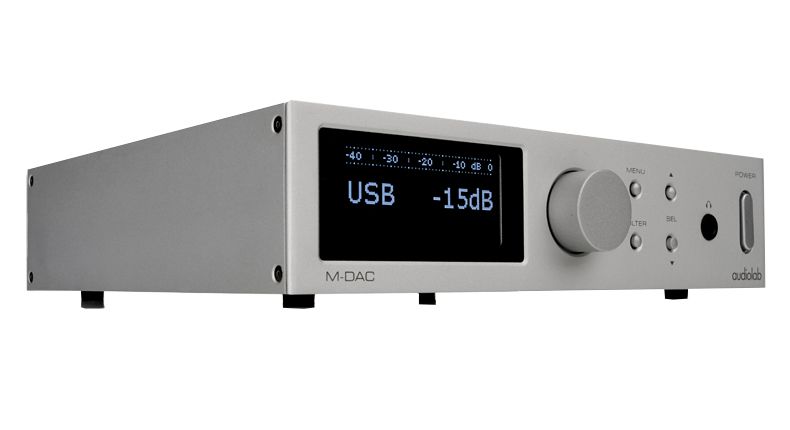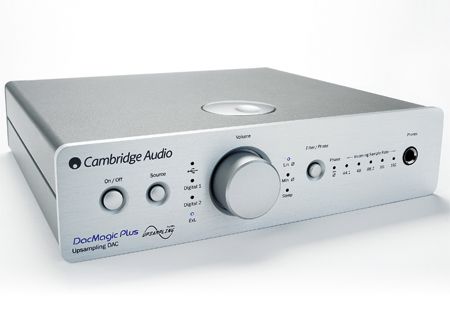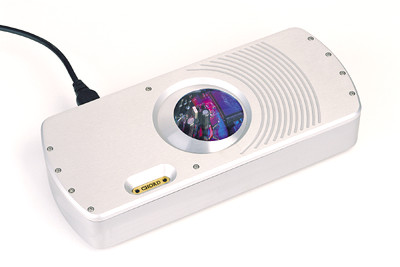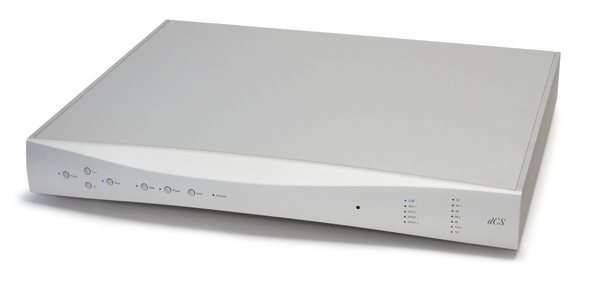Since he “foolishly decided to become engaged with creating hi-fi,” Rob Watts has gone a long way. He cofounded Deltec Precision Audio after graduating from Cardiff University in 1984 and quickly established himself as a talented electronics engineer. Then he went on to digital, where the PDM1, his first Bitstream DAC, raised some eyebrows. He described it as “the first time I heard digital sound natural and lovely.” “I used to be quite anti-digital; there were a variety of technical reasons for this.” “I enjoyed the sound of vinyl because it was so rough, violent, and non-musical,” he admitted…
Rob left Deltec after creating numerous ground-breaking digital converters in the early 1990s, and it was only after a fortuitous meeting with Chord Electronics’ John Franks that he returned to designing mainstream hi-fi equipment for the Maidstone-based company. This set in motion a chain of events that culminated in the release of the Chord DAC64 in 2003, which is both gorgeous and incredibly innovative.
Watts has always done things differently when it comes to digital; his Pulse Array DAC technology is completely unique. He believes that due to the restricted number of samples that traditional DACs can process, they are unable to fully resolve what he refers to as the music’s ‘inter-aural’ timing – the audio counterpart of video’s ‘frame rate.’ He claims that the brain samples sound in real time every 4 microseconds, but Compact Disc refreshes its ‘frames’ every 22 microseconds, based on his undergraduate studies in psychoacoustics. This inability of the CD to work as quickly as the brain is what causes the format’s temporal domain issues, and why it doesn’t sound natural. Because the leading edges of notes are practically chopped off, musical transients are gone, and the brain is unable to recognize them as music in the same manner it does while hearing live music.
The Watts Transient Aligned digital filter, which debuted on the DAC64, is designed to remedy this by sampling the ‘frames’ considerably faster than usual and interpolating the values for the missing ‘frames’ between the captured ones. Instead of employing off-the-shelf semiconductors from existing vendors, a powerful Xilinx Field Programmable Gate Array is used. Because of the large number of gates in the new FPGA, the Hugo runs a significantly more powerful development of this system than any that has come before. Watts has included a digital filter with a far longer tap-length than that found in ordinary DAC chips – 26,000 in the Hugo vs. 150 in standard DACs.
Rob claims that the DAC64’s 64-bit core was developed in response to concerns about coefficient truncation, signal truncation, and other issues, and that it ran 64-bit words to provide ample gate capacity. By applying dither and noise shaping techniques in the Hugo, he claims to have “totally fixed” the truncation concerns, while the many DSP cores are now 48-bit. He argues that this results in higher soundstaging precision, better inter-aural timing, and better bass. “I believe the Hugo is more revolutionary than the DAC64 since it has changed my musical appetite — I am listening to music so much more today. I expected it to be better than the Qute DAC, but it was shockingly better in ways I hadn’t anticipated,” he said.
It can process almost all state-of-the-art digital formats, as you’d expect from a clean-sheet DAC from Watts in 2014. PCM up to 384kHz, including DXD, is supported, as well as native DSD64 and DSD128 in DoP format. The Hugo also boasts a digital volume control that Watts describes as “extremely good quality,” as well as the ability to plug in a pair of 6.3mm headphones with a decent headphone output. This means it may be used as either a high-quality headphone amplifier or a DAC, and the output can be switched between the two modes. There are also RCA phono outputs, USB, optical, and coaxial digital inputs, as well as aptX Bluetooth. The issue is that the case is small, and it’s a little fiddly to plug and unplug things, especially the RCA phono sockets and the coaxial digital in; it’s so tight that the original Hugos allegedly didn’t work with some plug types!
This is the price you pay for the Hugo’s portability; it utilizes two small rechargeable batteries to supply about ten hours of pure DC power, unlike any other Chord product before it. This is only possible because the new processor consumes significantly less power. This has two advantages: first, it may be made portable, and second, it is not subjected to the noise of the mains. The negative is that the unit’s numerous functions are controlled by small, unlabeled black buttons that are hard to operate, and the connectors aren’t quite as solid as they could be. Still, there are no complaints about the beautifully finished light alloy casework (100x20x132mm, 400g) or the lovely Chord styling touches, such as the distinctive lens onto the circuit board, where status LEDs light up in various colors to indicate source selection, battery charge status, and Crossfeed setting. Another lens displays the sample frequency selected using different colors.
The Hugo is a fantastic sounding record. It achieves exactly what Rob Watts states, namely, accurate and ultra-detailed sound with great soundstaging, picture location, and, most importantly, timing. This DAC, regardless of price, is one of the greatest I’ve ever heard in terms of tying the music together in an emotionally believable, structurally consistent manner. It’s well timed, with a natural swing that I’ve only ever heard credibly from Chord’s own DAC64. Hearing Compact Disc sound so much closer to the great timing you get from a high-end turntable is strange. It quickly gets into the rhythm, capturing the ultra-detailed features of instrument play. It’s not a dramatic effect; rather, it creeps up on you and you find yourself sitting there, happily tapping your feet, completely immersed in the music in a way that even the most expensive digital converters can’t quite match.
Of course, the Hugo can’t equal the overwhelming bass strength, incredible detail, or uniqueness of these incredible devices, but it can and does make music seem really natural and gratifying. Another important feature is the Chord’s great dynamics; compare it to the Audiolab M-DAC, for example, and you’ll notice that the latter flattens and compresses large dynamic accents, whilst the Chord sounds significantly less constricted. This product has a very neutral tone to it; it’s not as warm as the Chord Qute or the DAC64 that came before it. If you want your music to sound thick and fulsome, don’t buy it. Indeed, its incredible detail across the midband is extremely bracing; it’s as if it sheds a bright light on the music. Don’t buy it to make a sour stomach feel better.
Hugo from Chord Electronics is capable far above its price, but don’t expect it to be right for you. If you’re looking for a domestic hi-fi DAC, you might want to wait till Chord releases a replacement for the QBD76HDSD, or even the next generation Qute, because this is a finicky little device. That said, it’s a stunning design and undoubtedly one of the decade’s best DACs!







